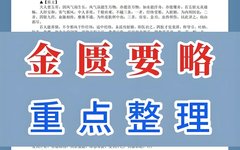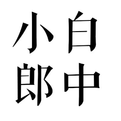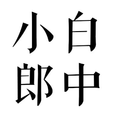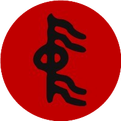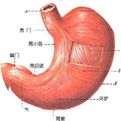Key Summary of the Essentials of the Golden Chamber
Inheriting the fire of Qi Huang, a public account with substance and warmth.1. Introduction: The Essentials of the Golden Chamber consists of 25 chapters, with the last three being miscellaneous treatment methods and dietary prohibitions. It contains 205 prescriptions and 155 medicinal substances. Academic achievements: ① The first to establish a treatment system for miscellaneous … Read more

